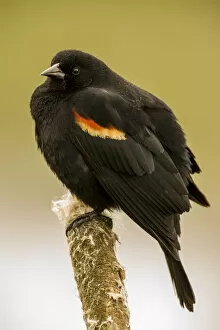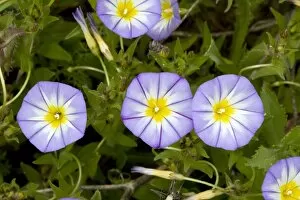Peduncle Collection
The peduncle, also known as the flower stalk, is a vital part of many plant species
All Professionally Made to Order for Quick Shipping
The peduncle, also known as the flower stalk, is a vital part of many plant species. In the vibrant fields of Ridgefield National Wildlife Refuge in Washington State, USA, the corn poppy proudly displays its scarlet petals atop slender peduncles. These delicate stems provide support and nourishment to the beautiful blooms. But they are not limited to just flowers; they have played significant roles throughout history. Archaeological finds reveal arrowheads with intricate designs etched onto their peduncles and fins made from flint and copper. These ancient tools date back thousands of years to the Upper Paleolithic Period, showcasing human ingenuity and craftsmanship. However, not all encounters with they are positive. Lupin aphids like Macrosiphum albifrons can infest these structures on lupin flowers, causing damage to their growth and development. The brachyopterous females cling onto the lupin's peduncle while feeding on its sap. Similarly, early blisters caused by pear leaf blister mites (Eriophyes pyri) appear as red lesions on young pear foliage and flower peduncles during springtime. These tiny pests disrupt normal growth patterns and pose a threat to pear trees' overall health. Despite both beneficial and detrimental associations with various organisms or historical artifacts, one thing remains clear: the importance of the humble peduncle cannot be underestimated in nature's grand tapestry. It serves as a lifeline for plants' survival while leaving traces of our past for us to unravel through time's lens.











